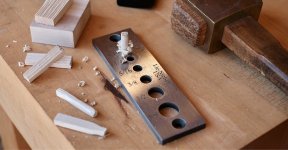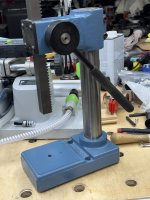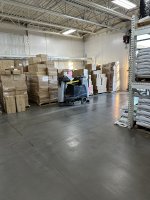I’ve been making toys to be distributed for free to the needy for Christmas.
I have in my basement several kiln dried Douglas fir studs that I purchased before the summer. They are all straight and almost knot-free.
I am thinking of using these as blanks for some of the toys. Typically they entail pieces 6” to 9” long.
From what I know, the main hit against using stud lumber for other purposes is the risk of warping.
Given that the studs I have were called “kiln dried”, and have remained straight and true for the last 6 months, and that the pieces I will use will be very short (6” - 9”) can I expect issues using that lumber for the toys.
I’ve cut a couple of blanks and the grain looks nice with no checks or cracks.
Any predictions on this?
I have in my basement several kiln dried Douglas fir studs that I purchased before the summer. They are all straight and almost knot-free.
I am thinking of using these as blanks for some of the toys. Typically they entail pieces 6” to 9” long.
From what I know, the main hit against using stud lumber for other purposes is the risk of warping.
Given that the studs I have were called “kiln dried”, and have remained straight and true for the last 6 months, and that the pieces I will use will be very short (6” - 9”) can I expect issues using that lumber for the toys.
I’ve cut a couple of blanks and the grain looks nice with no checks or cracks.
Any predictions on this?







